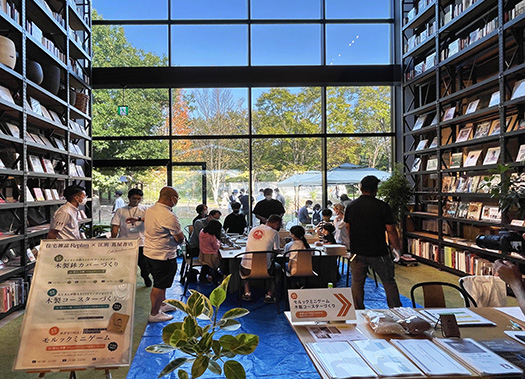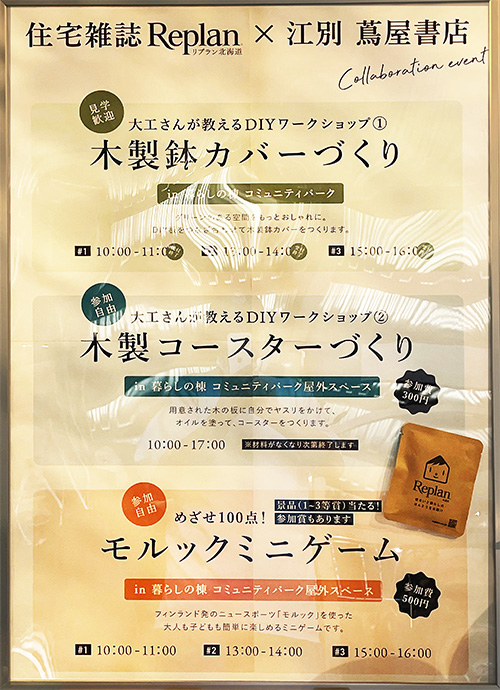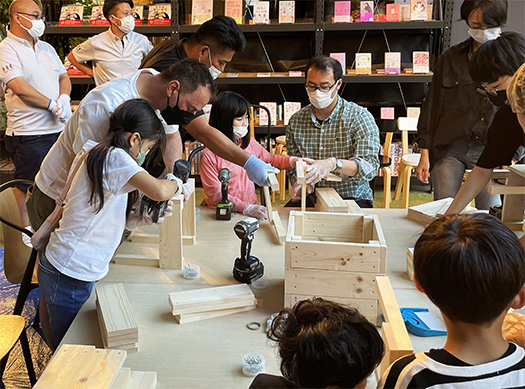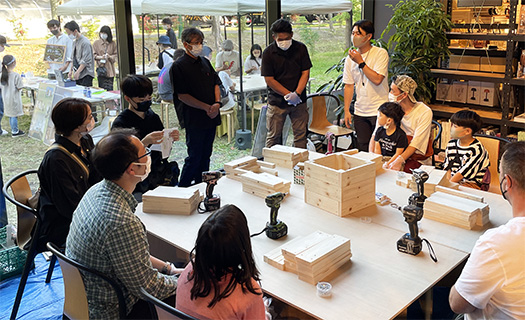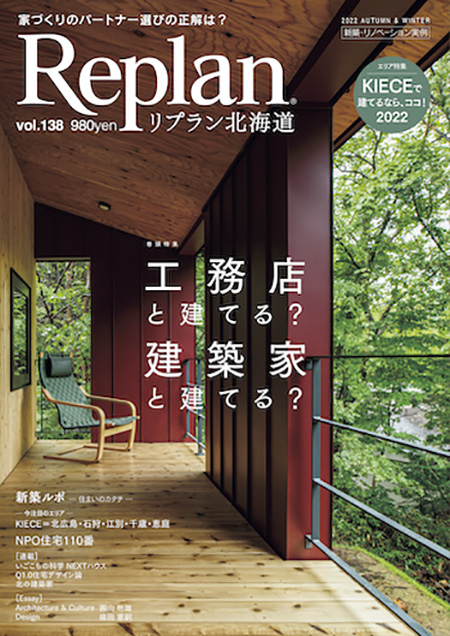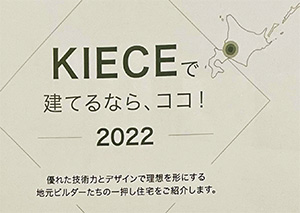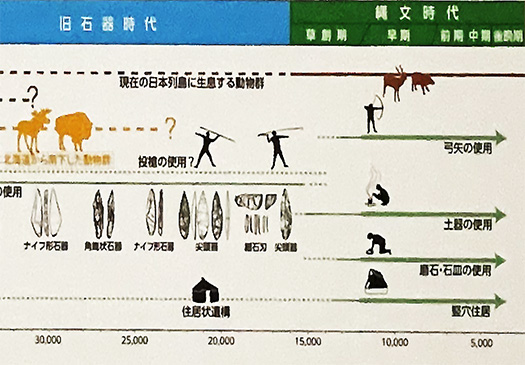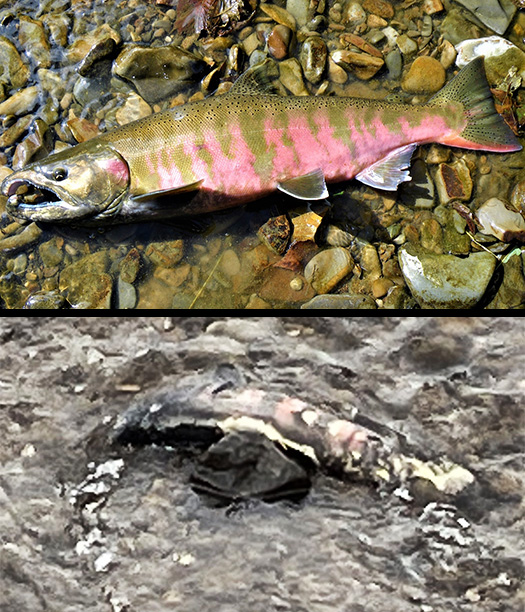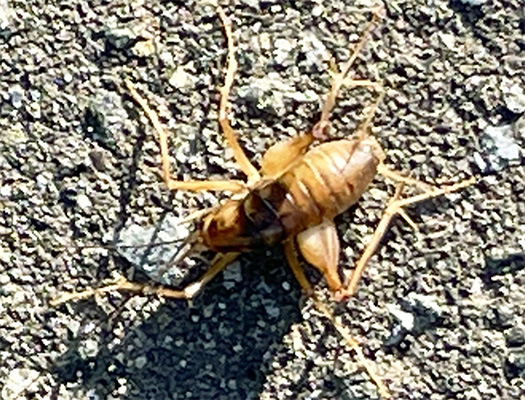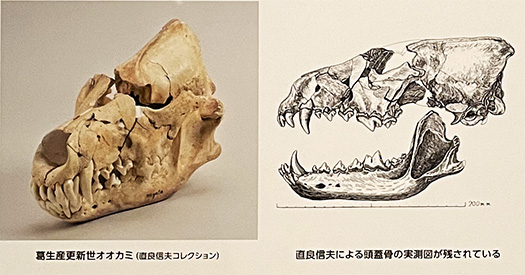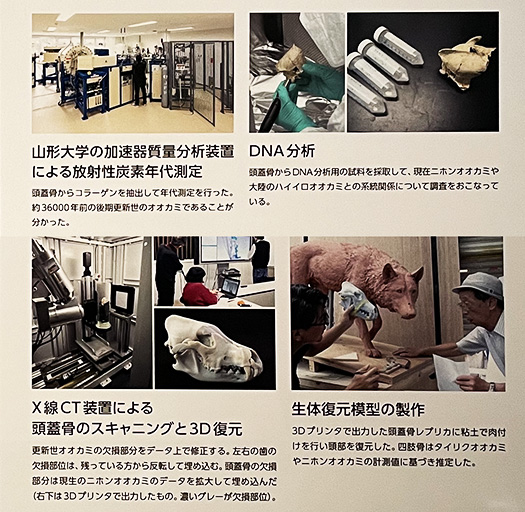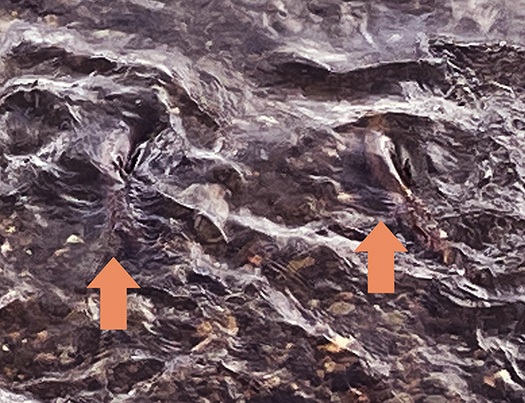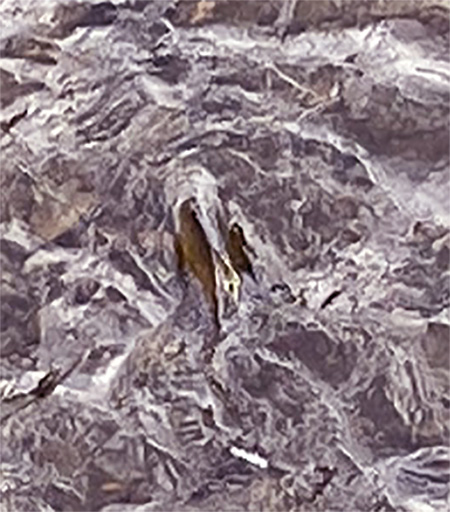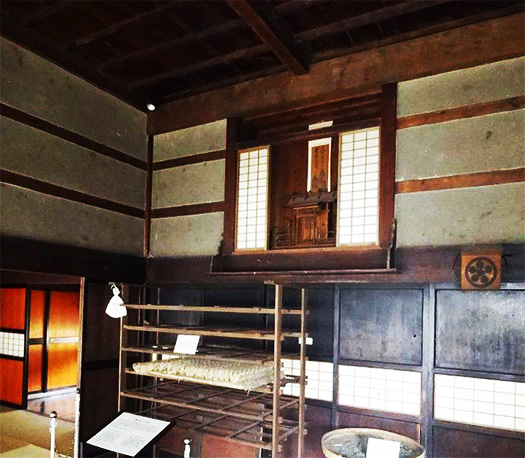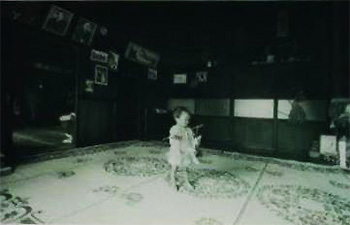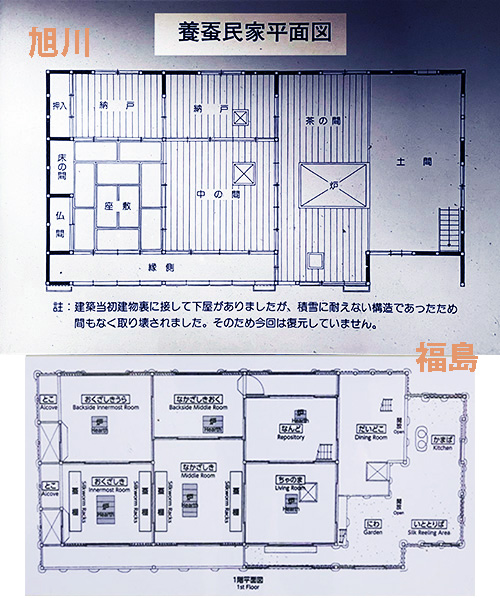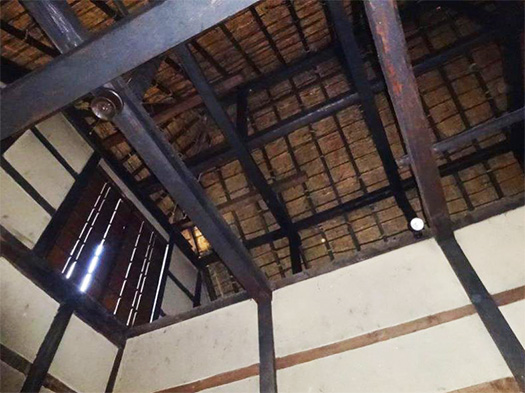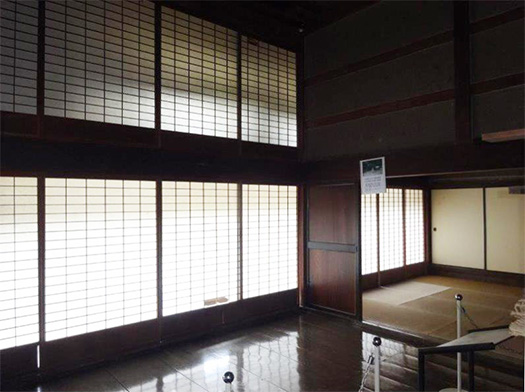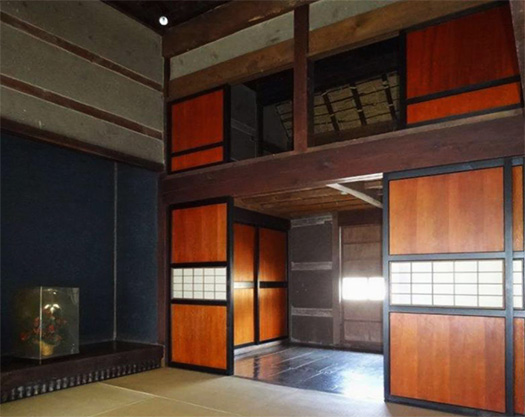
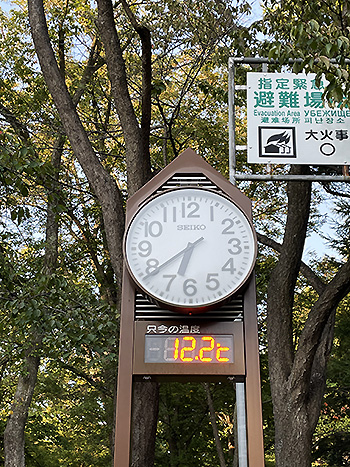
昨日発表の通り、ブログの環境設定を改変中ですが、
そのさなかに「接続不安定」の事態も出来してなかなか多難であります(泣)。
完全に改変が完了するまでにはすこし時間がかかりそうです。
その間、ブログの表示に不具合があるかも知れません。
しかしそうは言っても、毎日更新というのは継続したい。
わたしのブログはスタッフから希望が寄せられて書き始めたのが、
「Posted on 8月 9th, 2005」という日付になっているので
いまから17年前ということになります。
本日まで6,257日、続けてきている。・・・計算は多少アバウト(笑)。
まぁ内容はともあれ(笑)凡人ができることはとにかく継続です。
多少の困難はあっても、書き続けることがライフワークかと思っています。
最後は「本日で死ぬ予定なので、ブログを終了します」と書くのもオツかも(笑)。
デジタル環境という人間社会の進化の結果で出現した世界。
ただ、そういう現実世界進化の以前にもユニークな表現があった。
青少年期に埴谷雄高さんの「死霊」という小説の読書体験があります。
ドストエフスキーの「悪霊」と対比させる作品であり
日本のいわゆる「戦後文学」世界で記念碑的と激賞された作品。
一時期ハマっていた学生運動時代に、よく内容は理解できないまま、
それでも一種の知識欲求が盛り上がって読み進めていた。
おかげでそれまでの大江健三郎の小説世界とは完全に訣別できた。・・・
そのなかで「死者の電話箱」という一章があって
死んでいく人間の脳細胞世界から、生きている人間と対話し続けるという
蠱惑的な表現世界に浸っていた時期があります。
そういう設定を作り上げる想像力に驚かされ、
まるで宇宙飛行士と地上管制との連絡対話のように思われた。
そこでは死は、脳細胞に対して「やってくる」という感覚で伝えられていた。
脳細胞としては自分自身では対処のしようが無く、
ただただ、連絡網が断ち切られる感覚として描写されていた。
やがて応答がなくなって、静寂の海が広がっていく展開だった記憶。
あの小説はいまから70年前くらいの作品でしたが、
デジタル社会の進展は、こんな世界もやがて実現して行く可能性がある。
言ってみれば「死の表現」というような広大な領域でしょうか。
小説という仮想世界のことではなく、現実世界のなかで
実際的な表現領域になっていく可能性がある。
そしてこれは多くの「一般人」に表現の世界が広がっている。
人間それぞれの多様な生き死にがアーカイブされていく・・・。
最近、調べていたらWEB上には「死んだ後の表現物について」という
デジタルアーカイブの方法なども示され始めている。
これまでの作家の領域が大きくビッグバンしているのだとも言える。
・・・いずれにせよ、継続こそが最大のパワーなんでしょうね。
English version⬇
Will the Digital Revolution Bring about a “Dead Man’s Phone Booth?”
In my youth, I had the experience of reading Yutaka Haniya’s “The Dead”. It was shocking to describe communication with the brain cells of the dead. Will today’s digital revolution also visualize various kinds of death? …
As announced yesterday, we are in the process of modifying the blog’s configuration.
However, we are having a hard time because of the “unstable connection” during the process (tears).
It will take some time before the modification is completely completed.
In the meantime, there may be some problems with the display of the blog.
But even so, I want to continue updating the blog every day.
I started writing my blog after receiving a request from a staff member.
The date of my blog is “Posted on August 9th, 2005,” which means it was 17 years ago.
That is 17 years ago.
I have continued for 6,257 days until today. …The calculation is a little out of the ordinary (laugh).
Well, regardless of the content (laugh), what an ordinary person can do is just to keep going.
Even if there are some difficulties, I think it is my life’s work to keep writing.
It might be nice to write, “I’m going to die today, so I’m going to quit blogging.
The world has emerged as a result of the evolution of human society in the form of the digital environment.
However, even before the evolution of the real world, there were unique expressions.
In my youth, I had the experience of reading a novel by Yutaka Hani called “The Deadly Ghosts.
It is a work that contrasts with Dostoevsky’s “Evil Spirits” and
This work was highly praised as monumental in the world of so-called “postwar literature” in Japan.
During the student movement, which I was into for a while, I read it without really understanding its contents.
I was still reading it with a kind of thirst for knowledge, even though I did not really understand its contents.
Thanks to this, I was able to completely break away from the world of Kenzaburo Oe’s novels up to that time. I was able to completely break away from the world of Kenzaburo Oe’s novels up to that point.
One of the chapters was titled “The Telephone Box of the Dead.
In one of his novels, there is a chapter titled “The Telephone Box of the Dead,” in which a dead person’s brain cells are continuously communicating with a living person.
There was a time when I was immersed in the fascinating world of expression.
I was amazed at the imagination that went into creating such a setting.
It seemed as if it were a liaison dialogue between astronauts and ground control.
There, death was communicated to the brain cells with a sense of “coming.
The brain cells had no way to deal with it on their own.
It was simply described as a sense of communication being cut off.
Eventually, there was no response, and I remember a sea of silence spreading.
That novel was written about 70 years ago.
The progress of the digital society may eventually bring about such a world.
In other words, it is a vast realm of “expression of death.
I am not talking about the virtual world of novels.
It has the potential to become an area of practical expression in the real world.
And this is a world of expression that extends to many “ordinary people.
The various lives and deaths of human beings are being archived.
Recently, I was researching the web and found that there is a website titled “About Expression after Death.
The method of digital archiving is beginning to be shown on the Web.
It can be said that the field of artists is undergoing a big bang.
… In any case, continuity is the greatest power, isn’t it?
Posted on 10月 4th, 2022 by 三木 奎吾
Filed under: こちら発行人です | No Comments »




